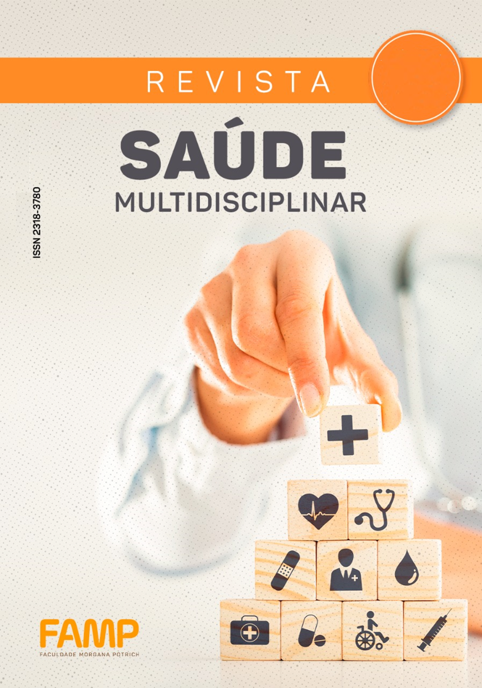Nursing care for patients with congenital hydrocephalus
experience report
DOI:
https://doi.org/10.53740/rsm.v16i1.758Keywords:
Hydrocephalus; Child Health; Nursing Care.Abstract
INTRODUCTION: Hydrocephalus is characterized by the filling of cerebrospinal fluid in the ventricles and the clinical symptoms of elevated intracranial pressure. Therefore, guidance regarding the procedures to which children will be subjected and the technical and scientific assistance provided by the nursing team are fundamental for the family, especially for the continuity of care in the home environment. METHODOLOGY: This is a descriptive study, an experience report on the humanized approach to caring for patients with hydrocephalus. DISCUSSION: The nursing process was used as a guide to monitor the patient's needs. Due to the constant presence of nurses in all phases of hydrocephalus treatment, constant professional training is opportune for more skillful action, as professionals need to understand the needs of each client with the diagnosis and make the necessary interventions for the patient's development. and Family. CONCLUSION: The importance of disseminating content to improve interventions and consequently the improvement of patients is evident.
References
Tully HM, Dobyns WB. Infantile hydrocephalus: a review of epidemiology, classification and causes. Eur J Med Res. 2014;57(8):359-68.
Pindrik J, et al. Hydrocephalus Clinical Research Network. Surgical resource utilization after initial treatment of infant hydrocephalus: comparing ETV, early experience of ETV with choroid plexus cauterization, and shunt insertion in the Hydrocephalus Clinical Research Network. J Neurosurg Pediatr. 2020;26(4):337-345.
Enslin JMN, Fieggen AG. Global perspectives on the treatment of hydrocephalus. Cerebrospinal Fluid Disorders. Springer. 2019;351-61.
Dewan MC, et al. Global hydrocephalus epidemiology and incidence: Systematic review and meta-analysis. J Neurosurg. 2018;130:1065-79.
Hochstetler A, Raskin J, Blazer-Yost BL. Hydrocephalus: historical analysis and considerations for treatment. Eur J Med Res. 2022;27(168).
Haglund MM, Fuller AT. Global neurosurgery: innovators, strategies, and the way forward: JNSPG 75th Anniversary Invited Review Article. Journal of Neurosurgery JNS. 2019;131(4), 993-9.
Rocha MCP, et al. Necessidades e dificuldades de famílias que vivenciam a experiência de ter uma criança com hidrocefalia. Saúde em Revista. 2015;15(40):49-66.
Herdman HT. Diagnósticos de enfermagem da NANDA-I: definições e classificados 2018-2020. 10 ed. Porto Alegre: Artmed, 2018. 462 p.
Johnson M, Mass M, Moorhead S. Classificação dos Resultados de Enfermagem (NOC). 2 ed. Porto Alegre: Artmed, 2004. 608 p.
Docheterman JM, Bulechek GM. Classificação das Intervenções de Enfermagem (NIC). 4 ed. Porto Alegre: Artmed; 2008. 440 p.
Silva D de A, Moreira TP, Ribeiro AA, Teixeira LB, Correa PDS. Humanized nursing care in the Neonatal Intensive Care Unit. RSD. 2021;10(14): e141101421903.
Efing RG, Daszkoski HL. A abordagem da enfermagem na orientação aos familiares de uma criança portadora de hidrocefalia. Rev Renov. 2020;3(1): e1233276.
Vieira SR et al. Cuidados de Enfermagem prestados à criança portadora de mielomeningocele e suas complicações. RevPró-univerSUS. 2021;12(2 Especial):94-101.
Carvalho, ALP. Cuidados de enfermagem a criança com hidrocefalia. RevEnfUNIFAGIG. 2021;12(2):18-23.
Additional Files
Published
How to Cite
Issue
Section
License
Copyright (c) 2024 REVISTA SAÚDE MULTIDISCIPLINAR

This work is licensed under a Creative Commons Attribution-NonCommercial-NoDerivatives 4.0 International License.









